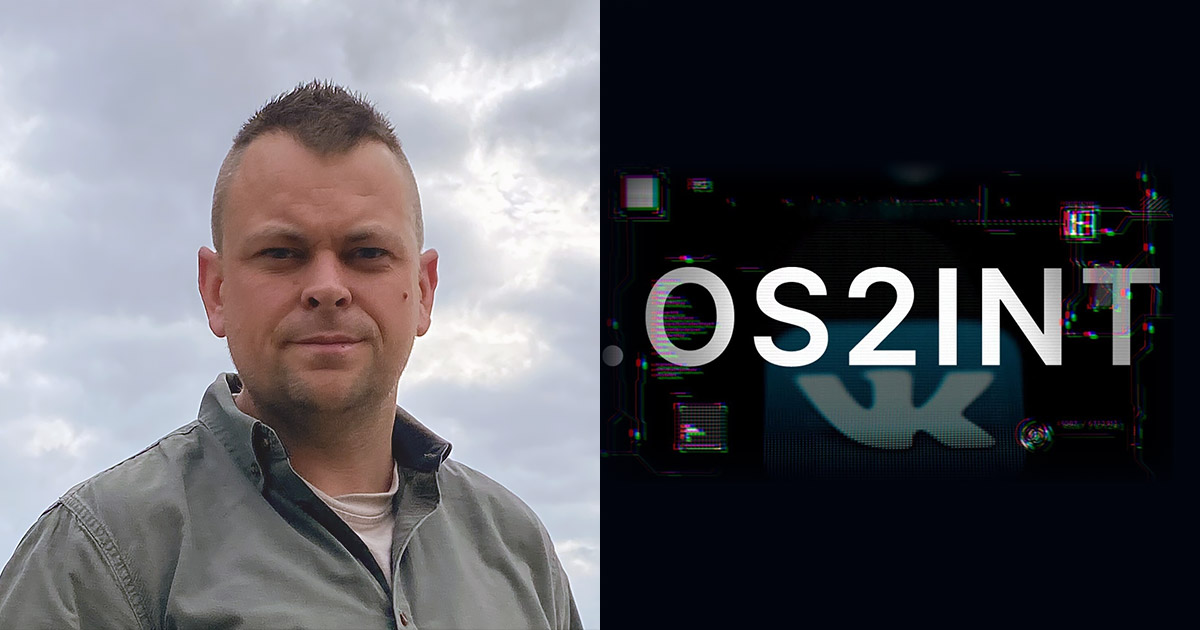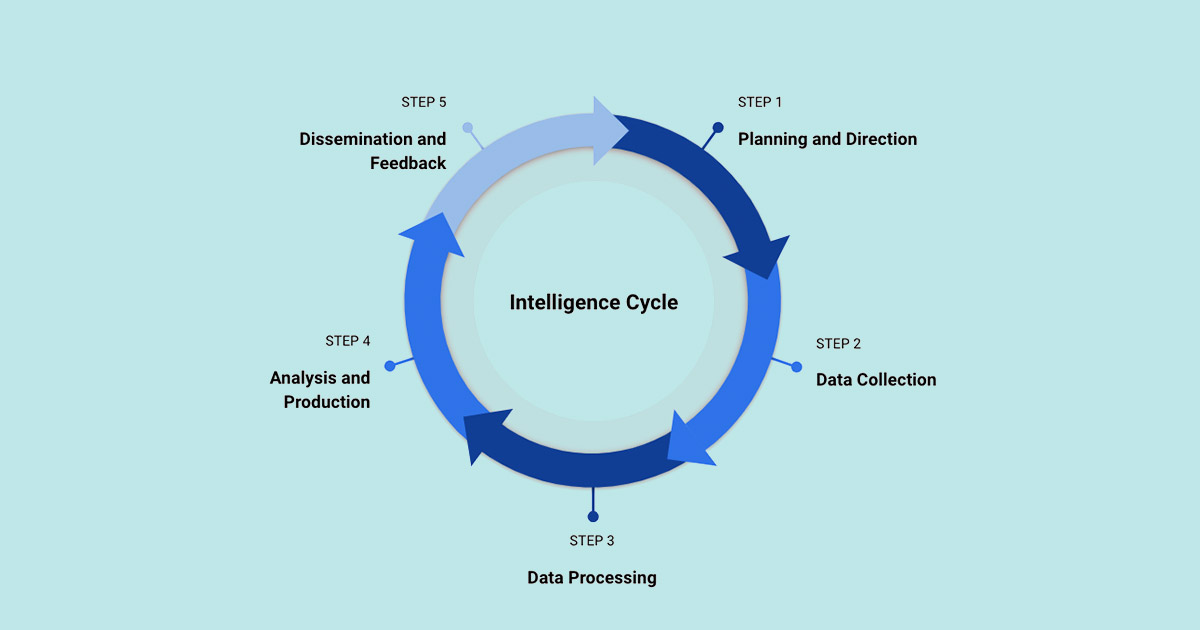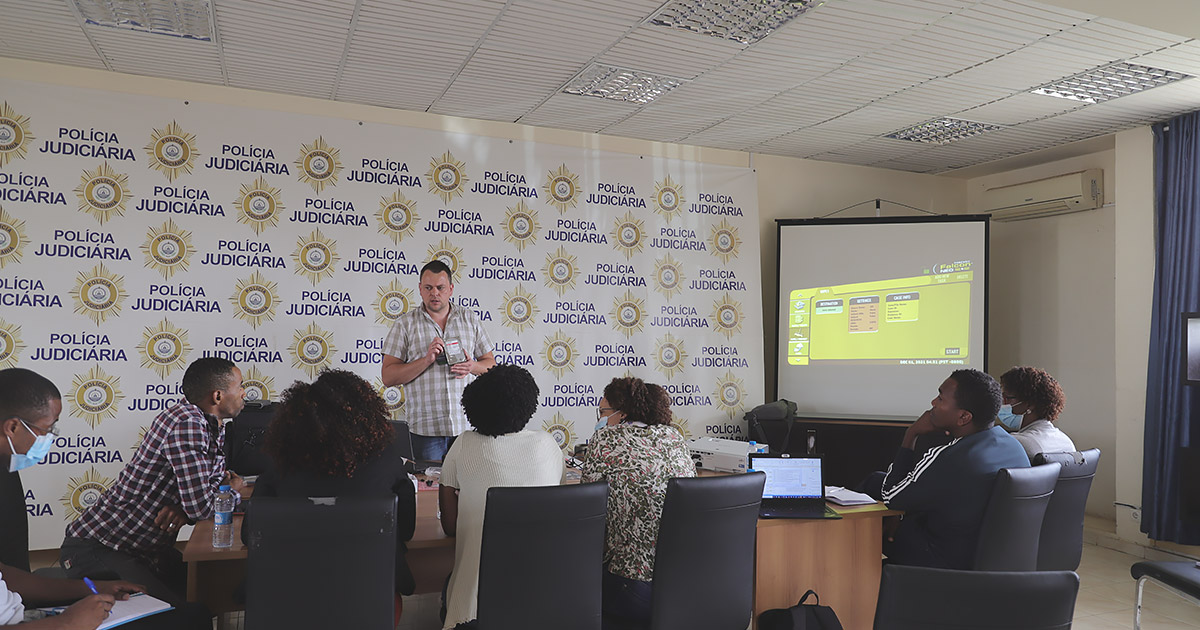
So, why did you join the British Army?
I come from a military family, and even though I was pretty reluctant to join the army, I did not have much choice back then.
I was born and raised in a small rural village in North Wales, UK, that is famous for being the longest village name in the world – Llanfairpwllgwyngyllgogerychwyrndrobwllllantysiliogogogoch.
But, despite the long name, opportunities for people growing up there are very limited. The choices presented to youngsters back then (and even now) were to either get a trade (such as a plumber or a carpenter), or deal drugs and eventually end up in and out of prison, or join the army.
When I was booked into a meeting in the Army Careers Office, I was limited to two options: either I was going to join the Royal Military Police or join the Intelligence Corps — I chose the latter.
Why did you choose the Intelligence Corps?
I thought back then that MI6 and MI5 did the intelligence, not the military
itself, so I was drawn to the Intelligence Corps more out of sheer curiosity – and perhaps watching too many spy thrillers…
I trained in Chicksands, Bedfordshire, at the Defence Intelligence and Security Centre (now named the Joint Intelligence Training Group). We focused on Russian doctrine, looking at how a Russian armoured columns would move across the battlefield. What is interesting is that the training I undertook back then did not involve OSINT at all. Yes, we had some open-source research, but there is a huge difference between what is called OSInf (Open Source Information) and OSINT.

Why did you start OS2INT?
You could say that it started from the moment I joined my first unit, which was 4 Military Intelligence Battalion near Salisbury in the south-west of the UK.
There, I met Paul, my first Staff Sergeant, who really opened my eyes to public information and encouraged me and others to do OSINT. This was one of many moments which served as my inspiration to create OS2INT. Around the same time, my unit received a new Commanding Officer. He also served as my inspiration as he truly transformed the way the Army operated by creating what is now the Land Intelligence Fusion Centre (LIFC); not only did he promote better OSINT, but also championed for better fusion of OSINT with other sources of intelligence. I was very lucky to have two people serve as my inspiration very early on in my career.
In June 2010, I was deployed to Afghanistan in a tactical intelligence role supporting an infantry company in Helmand Province. During this deployment, 99.9% of our work was based on gathering intelligence from local contacts.
In July 2011, I was deployed to Benghazi, Libya as a member of the British Military Advisory Team. I was embedded with the recognized Free Libyan Army alongside counterparts from other countries. At that time, the use of Facebook had become more widespread, and this certainly enabled me to do more intelligence collection from open sources and social media.
This was entirely new and perhaps the first time that open-source and social media data collection was applied at a considerably large scale within an operational environment. I only achieved this by learning on the go whilst training and supporting the Free Libyan Army.
“After supporting several training and capability development projects for the European Union Agency for Law Enforcement Training (CEPOL) and Expertise France, I just decided to create OS2INT and focus on something I truly love.”
I left the army in 2013 and briefly worked in the National Crime Agency before re-joining the army and serving in Germany. In 2015, I left once again and went to work as a private military contractor in Iraq. There, the majority of my work involved working with open-source data and information, and that’s where I had a good opportunity to apply more of what I had learned within the OSINT sphere.
In 2017, I was contracted to provide intelligence training to the Lebanese Armed Forces positioned along the Lebanon-Syria border. Unfortunately, the scope of the contract did not allow me to do the training I wanted, and in my opinion, the training provided was entirely outdated.
That frustrated me because I knew so much could be done on the internet. There was a demand for OSINT everywhere, and rather than just feeling frustrated by not being able to deliver what I thought was an effective training. So, shortly after engaging with several training and capability development projects in the Middle East, and East and West Africa for the European Union and Expertise France, I just decided to create OS2INT and focus on something that I love.

What is the story behind the name OS2INT?
It’s a play on the phrase ‘Open-Source to Intelligence,’ which is the concept of OS2INT. Not only is OS2INT focusing on how to identify and collect open-source data, but also how it is churned into intelligence.
I have always been quick to point out that there is not so much emphasis on the ‘INT’ in OSINT, this is something I really want to change. For me, it has never been about just trying to sell training services.
I also have a blog called the OSINT toolbox, where people turn to for learning more about OSINT tools. With the blog, I want to raise awareness and enlighten people about what can be done through OSINT.
There is a fantastic OSINT community worldwide, and we are not competitors; we are helping and teaching each other about all the amazing things that can be done with various OSINT tools. There is a common hashtag, #osintforgood, which truly captures the sense of the community.
My company OS2INT has always contributed to this community and encouraged the raising of awareness.
So why did you merge OS2INT with Paliscope?
You can´t put this in the article, haha, but Paliscope would never have left me alone until I became a full-time employee. No, but really; it all started when I met Rolf (Paliscopes CEO) for the first time. Rolf and I come from a similar background, and we can certainly relate to what OSINT has done to help the community.
Rolf had a clear vision of what he wanted Paliscope to do. It was not just going to be a software company or a cyber security company; it was about solving problems for organizations by providing them with capability development services which included training in OSINT and Intelligence Analysis.
That vision captured my attention. But, it also makes sense when we see the challenges facing our customers – whether it is a lack of collection capabilities or data overload – Paliscope wants to help. OS2INT can certainly help with the former challenge.
What more can I say?… It is a perfect fit!
What can Paliscopes customers expect now that OS2INT and Paliscope are working together?
If we look at the intelligence cycle (see picture), we can now fulfill and support our customers through the entire process.
We have fantastic software with more potential than any other intelligence software, and now we can train our customers to unlock the true power of our tools: YOSE and Discovry.
Whatever challenges our customers have from an intelligence or investigations standpoint, we can address them with training. We can actually sit down and work on the problems together and take them to the next level of intelligence and investigative work.

Intelligence cycle
What kind of courses do you teach?
Initially, our courses were broken down into foundation and advanced training. Now, we have made it more modular.
We don´t want to sell packages with capability training that they look at and think, “we have already done a third of those modules.” We want to give them the flexibility to choose the training that will provide them with real value.
Now they can look at our modules, choose what they need, and we just put it into a timetable.
Are the courses digital?
We know that some organizations like to do things digitally so we can provide digital training. But honestly, you can´t beat having an instructor in the same room, showing you what to do and where you´ve gone wrong. So, therefore, we recommend doing it in a physical place.
Who should take the training?
The courses will benefit any organization working with the military, police, custom, tax authorities, or anyone working with an intelligence or investigative role.
Also, if you have new people joining your team and you don´t have the capacity to train them – we can help with that.
Many organizations – law enforcement, military, and intelligence – are identifying significant gaps in their OSINT capabilities. The war in Ukraine has most certainly ignited the need for such organizations to build effective open-source collection and fusion capabilities.

Why is it important to learn OSINT?
For so many reasons!
For example, let’s look at Ukraine. Everything we see taking place in Ukraine is generally first reported on social media. And a lot of military and intelligence agencies are now waking up to this, and they realize they are massively behind.
They have yet to learn how to take advantage of all the stuff reported on Telegram and other social media platforms. Today many organizations are turning to us for help. They have realized that the old ways of doing things don´t work anymore.
We need to incorporate more open-source intelligence into activities, and we need to do it now.







